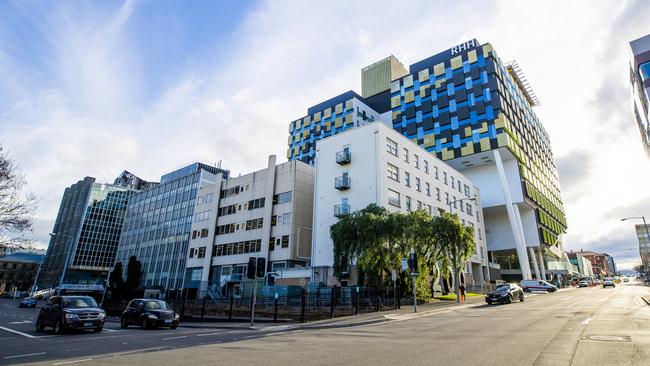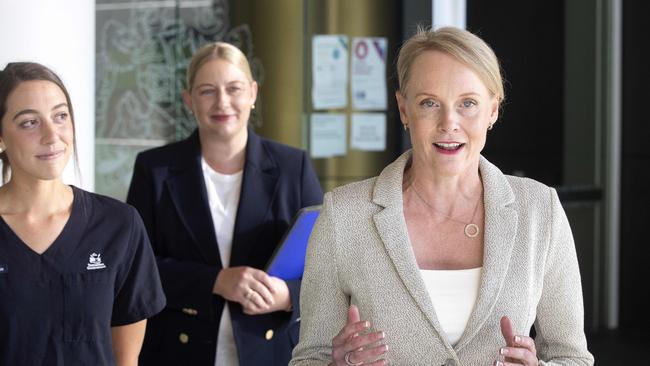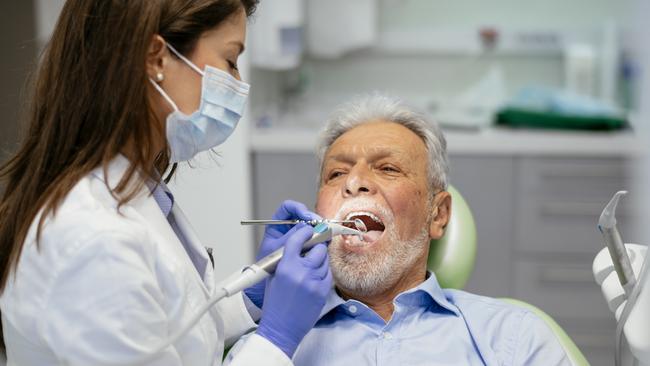More than 12,000 Tasmanians are on the waiting list for elective surgery
The latest elective surgery waiting list figures show the “grim reality” of the health system, despite additional government funding to combat the problem.
Politics
Don't miss out on the headlines from Politics. Followed categories will be added to My News.
THERE are now more than 12,000 people on Tasmania’s public waiting list for an elective surgery, new figures have revealed.
The Health Dashboard released on Thursday showed the total waiting list increased by 7 per cent in the 12 months to December last year.
It rose to 12,086 at the end of 2020, with more than half of the patients on category 3, which is considered the least urgent cohort.
They are recommended to have their surgery within one year but the dashboard revealed those overdue for the surgery were waiting an additional 212 days.
The ballooning waiting list prompted the state government to pledge $45 million in November to address the problem, targeting an additional 8500 surgeries over the next 18 months.

Health Minister Sarah Courtney said an estimated 19,000 surgeries were now planned for the 2020-21 financial year, with almost 500 more surgeries completed in the October-December quarter last year than in 2019.
“There were more than 1500 elective surgeries performed in Tasmania during both October and November 2020, the highest monthly number of elective surgeries in recent times,” she said.
“There has now been more than $170 million of additional funding delivered for elective surgeries since 2014, resulting in more than 110,000 elective surgeries provided for Tasmanians through the public system since June 2014.”

But Labor health spokesman Bastian Seidel said the new figures showed the “grim reality” facing Tasmania’s health sector and that the government had “lost control”.
“The health dashboard shows the elective surgery wait list has increased 71 per cent since the 2018 election, blowing out to 12,086,” Dr Seidel said.
Dr Seidel said median ambulance response times — from when the call is answered by the ambulance service to when the first crew arrives — had increased to more than 14 minutes.
“Peter Gutwein and the Liberal government cannot spin their way around these numbers, which show the health system is in steep decline,” he said.

Ms Courtney said the oral health waiting list had reduced by nearly 2000 people between November and December last year.
The fall was attributed to management of the list and a lower level of referrals during December.
She said the government expected further downward pressure on this list as part of a $5 million investment to deliver up to 20,000 additional appointments for public patients across emergency, general care and denture clinics.



